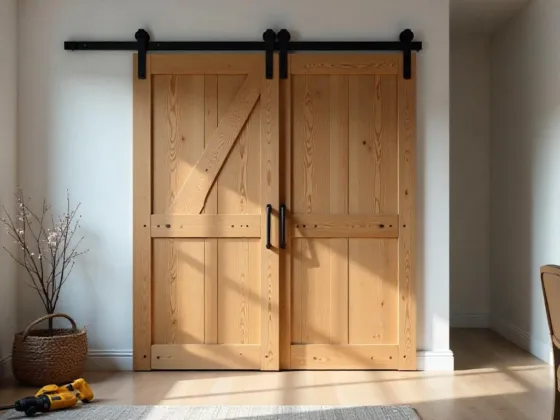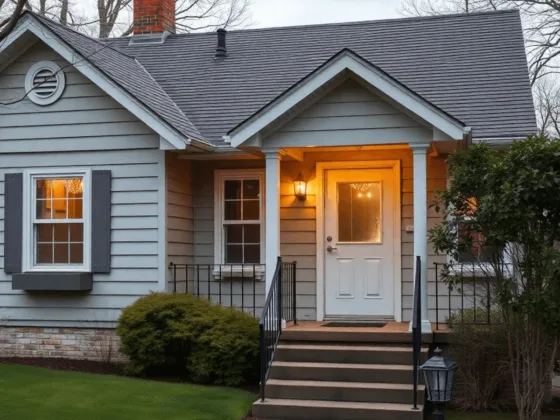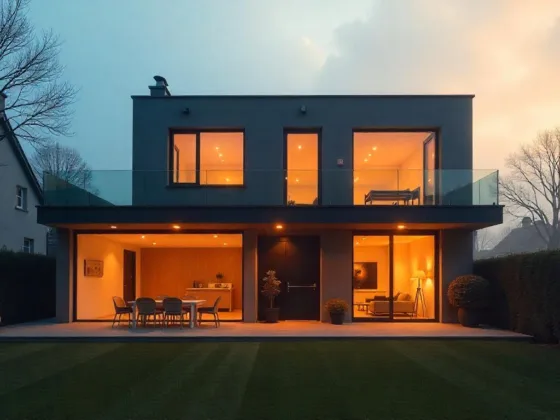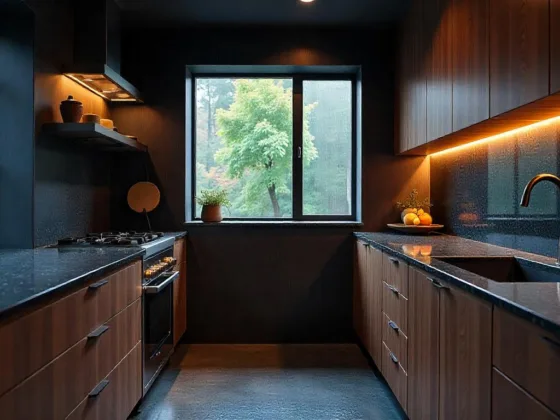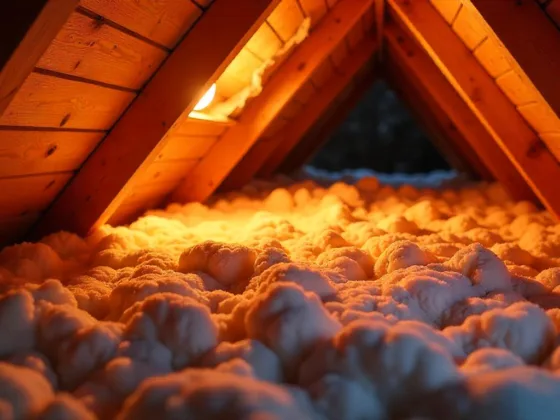Table of Contents Show
If you’re planning to make renovations in your home, you are likely looking at a fairly high price tag. As the cost of making major renovations is beyond most people’s ability to pay upfront, there are a variety of funding options available.
Whatever your personal situation might be, there should be a funding option out there that is suitable for you. It all depends on your budget, your credit history, and the kind of payments you are able to make on a regular basis. This article will examine several of the major options out there for funding.
Assessing Your Budget
The first thing you will need to do is take a close look at your existing budget. Think about the amount of money you have on a monthly basis that can be put toward home renovations. It might take some adjustment in your family’s financial planning, but in the end, it will be worth it if you do it right.
If you don’t have a lot of spare cash, you will need to borrow more. But the most important thing is to lay out all of your monthly expenses carefully so that you have an accurate picture of where you stand. Then, you can start thinking about funding sources.
Read Also:
Estimating the Costs
The next thing you should do is carefully figure out how much your renovations will cost. Try to include all of the possible variants in your estimate, including possible changes in the cost of materials, changes in the conditions of your renovation, etc. Doing renovations can be an excellent way to add value to your home, but you need to go about the budgeting process carefully.
Once you’ve done this, you can start collecting quotes from different contractors. Try to get several quotes so that you can compare offers point for point. Taking the first offer that you see could result in you paying much more than you should.
Exploring Financing Options
If, like many people, you do not have enough money to pay for all your renovations upfront, you will likely have to seek outside financing. It would be worth your while to consider all the major financing types as each person’s circumstances are different.
Home Equity Loans and HELOCs
Home equity loans are one way that you can finance home repairs. These types of loans have their basis in the amount of mortgage that you have already paid off on your house. Although they are nominally for the purpose of buying a house, home equity loans can be used for more than simply mortgage payments.
The way that home equity loans work is the following: You pay your required mortgage payments on a regular basis, and the remaining money can be used for other purposes. If you have good credit, you should be able to borrow enough that you can take care of all your home needs.
Home equity lines of credit, or HELOCs, are lines of credit against the available equity of your home. With them, your home becomes the collateral, and you have a revolving credit line that you can use for home repairs. They generally involve lower interest rates than other types of loans, and the interest may be tax deductible.
When you have a HELOC, your available credit adjusts as you pay off your mortgage. Your payments act as a way of putting money back into your credit line that you can then use for your renovations.
Personal Loans
You might also be able to get a personal loan to finance your renovations. However, you should be careful about reviewing the details of repayment, as personal loans can sometimes be very costly. Interest rates can be high, and you might end up paying back a significant amount more than you bargained for when you planned your renovations.
While this is an option, if you decide to go this route, you should carefully lay out all of the costs involved in your renovation beforehand and figure out what a reasonable payback period will be. You should also make sure that all of your other debts are taken care of before you take out the money.
Contractor Financing
You can find a contractor offering home renovation financing for customers, which will allow you to finance specific projects immediately and pay the money back in easy installments. These types of loans can apply to renovations of different sorts, whether they be new additions, repairs, or remodeling.
Contractor financing can include different types of loans, including home renovation loans, lines of credit, and low APR loans. Most contractors offering financing work with a network of lenders, increasing the likelihood of homeowners finding suitable financing.
Government Grants
The U.S. Department of Housing and Urban Development (HUD) offers grants to low-income people who meet certain eligibility criteria. HUD has a program called the HOME Investment Partnerships Program. HOME grants are also available for things like emergency repairs or renovations that help weather-proof houses.
Managing Your Home Renovation Budget
Managing your home renovation budget can be tricky, especially if you have a lot of other monthly payments to think about. Therefore, there are several things that you should keep in mind in order to keep it all in perspective.
Tax Implications
It isn’t always possible to get tax deductions for your home renovation projects. However, there are certain types of renovations that could qualify for deductions. For example, if you make renovations that will make your home more energy-efficient, you will likely be able to claim a deduction.
Also, there is a certain category of deductions for medically necessary home improvements, such as widening your hallways to allow for wheelchairs.
Be sure to keep all of your project-related receipts for both tax and insurance purposes. Also, when you fill out your taxes, you should itemize your deductions rather than relying on standard ones.
DIY vs. Professional
Another thing to consider as you work out the details of your home improvement plan is whether you really need to hire a professional for a given project. Certainly, some large-scale projects require this. For instance, you should definitely hire a professional to replace or repair your roof.
However, some projects don’t necessarily require professionals. If you need to paint your house, why not bring a group of friends together and do it yourselves? You can reward them for their efforts by having a party to celebrate the house’s new appearance. This could help save costs by a great deal.
After the Renovations
It’s also worthwhile to consider what you will do after your renovations are complete. You should upgrade your insurance policy to more accurately reflect the new value of your home.
Hire a professional to assess the upgraded home and receive an estimate of the new value. Use this assessed value to upgrade your home insurance policy to ensure your new repairs and renovations are protected.
Key Takeaways
Planning for home renovations takes time and involves many different considerations. But if you go about the process carefully and systematically and do your research on the available financing options, you should be able to come up with the right solution for you. And then, you will be able to sit back and enjoy your newly refurbished home.




